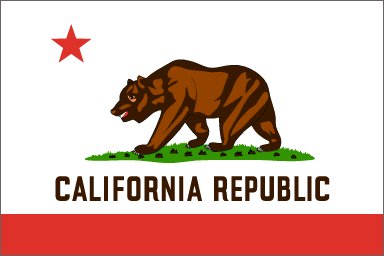Ten years ago (yes, I think all the time), I wrote the following article about two concepts that I labeled “true” and “false” advancement (learning) experience:
True advancement experience (TAE) is experience that is pro-active and “real”. Information is obtained on the way to a clear goal. The more information and experience that is turned up along the way strengthens the overall advancement experience. A goal must exist in order for true advancement to occur.
False advancement experience (FAE) is experience that is wasteful and potentially meaningless. FAE occurs when there is no key goal in place. Information that enters the system becomes quickly assimilated, but due to the increased flow, the retrieval and retention rate is decreases dramatically. Information overload will always occur in this type of learning environment. An example of a FAE is spending an increased amount of time configuring a windowing system when the command-line interface is already sufficient. Experience gained from system-specific configuration is mostly FAE since most of the time spent is due to lack of planning and documentation more than anything else.
Knowing the differences between TAE and FAE is very important to overall advancement. Time is always a commodity; therefore it must be used wisely. Know exactly what you are attempting to learn and what you need to accomplish, and your advancement and success rate will increase.
Ten years later, has my perspective changed about TAE and FAE? Yes and no. Let me explain.
Let’s say that you are interested in computer graphics, and you have an interest in animation. One potential starting point is to acquire a 3D animation program and start learning the basics. After installing and launching the application, you are overwhelmed with the number of features. This is where things become interesting.
If you start investigating other aspects of the program that have nothing (or little) to do with animation, you could label this “false” advancement experience since what you are learning is not essential to your end goal. In contrast, if you stay true to your goal of becoming an animator (or at least learning how) and just focus on aspects of the program that involve “animation”, you will gain the experience that you were originally interested in and thus have gained “true” advancement experience.
One possibility of course is that you could choose to learn about other aspects of the program first and then eventually get back to the core “animation” functionality. In this way, you are just taking a slight “detour” from your destination to gain broader context. Is this really “false” advancement experience?
Another possibility is that you choose the second path – i.e. “true” advancement experience – and find out that you have to learn other aspects of the program to be able to start animating. More specifically, you may need to learn how to create a 3D model that you can eventually animate! Is this really “true” advancement experience?
As you can see here, labeling one’s learning (or advancement) experience as “true” or “false is perhaps too restrictive.
Given my pursuits of numerous goals, I think learning effectively comes down to awareness (“what do I want to learn?”) and focus (“how do I want to learn the material?”).
For example, in order to gain the most from your learning experience, you need to know what you want to accomplish. The answer could very well be “I don’t know”. This is a perfectly acceptable answer as it provides you with a lot of freedom to explore different areas. In contrast, if you know that you want to be an animator (using the example above), this at least gives you a “learning beacon” towards which you can navigate.
Once you have awareness, you now need to focus. Assuming you know you want to learn animation, you can still explore other areas of the software application without feeling that you are veering off-course. The trick here is that the degree of your focus will determine how much time and effort you spend in a different area, and whether you ultimately return to your original “path”.
For example, let’s say that you need a 3D model to animate. Instead of taking a separate path to learn how to model, you could instead focus your efforts on using an existing 3D model. This would save you time and get you back on track. But here again, there is some risk in being “too” focused on your end goal. At some point you will eventually need to learn how to model new objects to further broaden your experience. Should you do that now or later?
At this point, you can start to understand some of the challenges I’ve personally faced in learning new things. My personality is one that loves to learn and build connections between unrelated topics. Because I understand the benefits, I allow myself considerable freedom to explore new areas and concepts to formulate new ones. However, as I learn new material, I take time to continuously refine where I am going (i.e. “awareness”).
In summary, when taking on a new challenge, take the time to gain awareness of what you want to learn and try to map out a strategy on how to accomplish your goal. Once you get into the learning process, you will find new “pathways” that you need to consider taking. Don’t be afraid to take these paths but keep your destination in mind, and don’t be afraid to change the destination.



